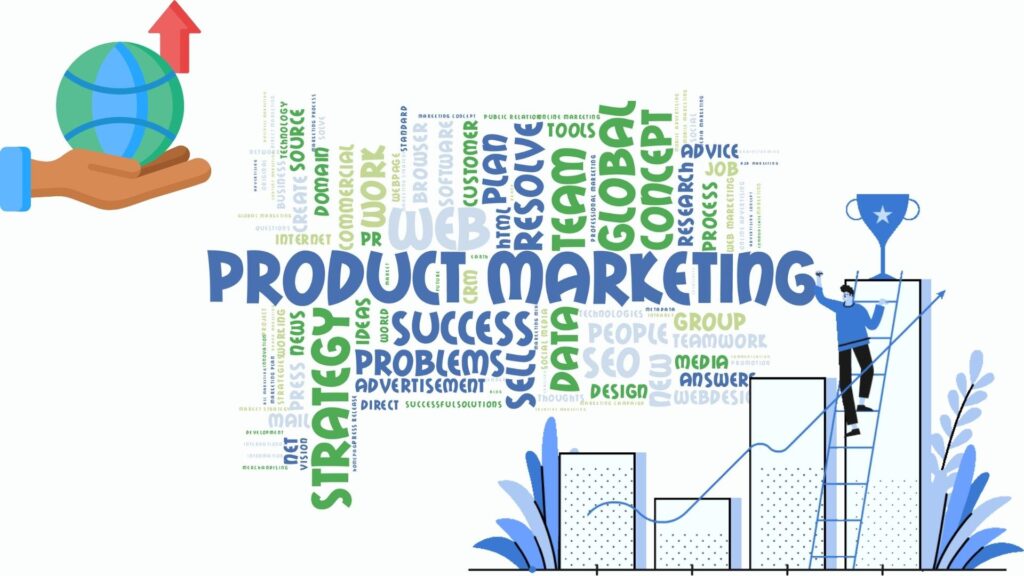Introduction
The correct sales channels must be identified in the always changing business world in order to succeed. Traditional approaches are still effective, but new platforms and technologies have made it possible for businesses to contact clients in new ways. This article will examine the many sales channels used by the top 1% of companies, illuminating their unique strategies and highlighting the benefits and difficulties that each channel offers.
E-commerce: E-commerce provides companies with a number of advantages, including minimal operating expenses and a global reach. However, it might be difficult to manage inventory, shipping, and customer service. An efficient ecommerce strategy requires a well-designed website, optimal product listings, and a robust social media presence.
Traditional Retail Channels: Traditional retail channels give you access to a large audience and the chance to establish your brand. However, substantial financial outlays are needed for product development, packaging, and marketing. Businesses are also required to adhere to the strict standards set by major retailers for product quality and packaging.
Modern Marketplaces: Digital markets, like Amazon, give small enterprises the chance to reach a broad audience and position themselves as leaders in their niches. But given the intense competition, making a splash requires spending money on advertising and promotions. Without the requirement for a specific website, exhibiting products can be made easier by using third-party platforms.
Partnerships with retailers: Establishing partnerships with retailers can help firms grow and enter new markets. But it necessitates spending on product development, advertising, and distribution. To guarantee a steady supply, bargaining with retailers and monitoring inventory levels is essential.
Wholesale: Selling goods at wholesale prices offers a steady source of income, but profitable dealings with distributors and merchants depend on smart negotiating. In order to maintain control over brand identity and product quality, businesses must strike a balance between volume sales and these two factors.
Resellers: Working with resellers enables companies to expand their markets and boost revenue. But it’s important to pick trustworthy partners and develop open lines of communication. Resellers are required to follow the brand’s guidelines for advertising and product quality.
White Label: Providing white label items enables companies to expand into new markets and boost earnings. However, it necessitates judicious partner selection and the capacity to satisfy specific product requirements. Maintaining effective collaborations calls for efficient channels of communication and marketing assistance.
Mobile apps: With the help of mobile apps, businesses can connect with customers wherever they are and offer individualized experiences. The secret to boosting app downloads and engagement is to invest in its development and guarantee a worthwhile user experience.
Direct-to-Consumer: Businesses have more control over brand identification and client relationships when they sell directly to consumers. However, it necessitates significant expenditures for marketing and customer support. Driving repeat sales requires creating efficient online storefronts and improving the consumer experience.
B2B Sales: Selling to other firms provides dependable cash streams and lasting relationships. However, negotiating pricing and navigating complicated sales cycles are difficult. Success depends on having strong marketing support and clear communication channels.
Partnerships: Establishing strong business relationships with other organizations can open doors to new markets and clients. But it’s crucial to pick partners who get along with each other and set up clear communication lines and expectations. A successful partnership is guaranteed by matching partnerships with the overall company identity and values.
Conclusion
The top 1% of companies are aware of the value in embracing both conventional and cutting-edge strategies while diversifying their sales channels. These companies get a competitive edge and expand their reach by utilizing the power of e-commerce, conventional marketplaces, digital platforms, partnerships, and more. To make the most of these prospects, however, organizations must carefully strategize and adapt to the unique challenges that each channel presents. Businesses can find the key by utilizing a variety of sales channels that are specialized to their particular sector and target market.



